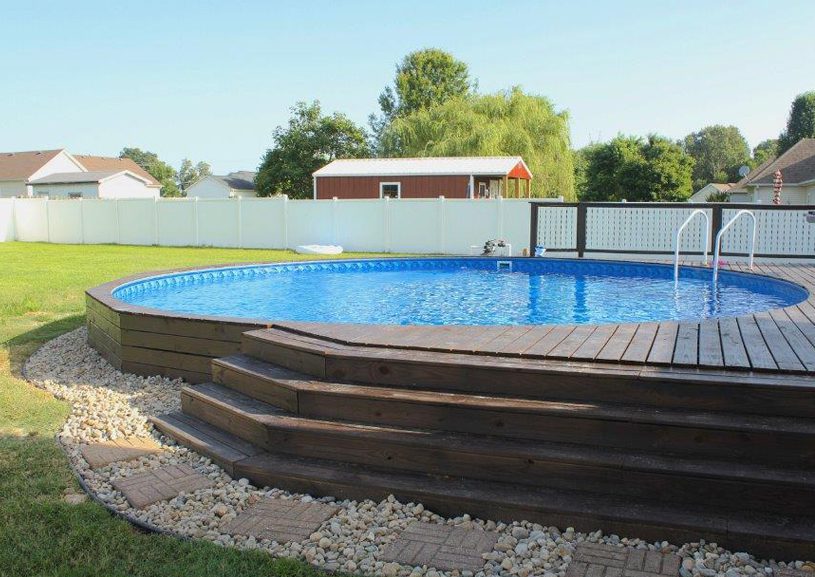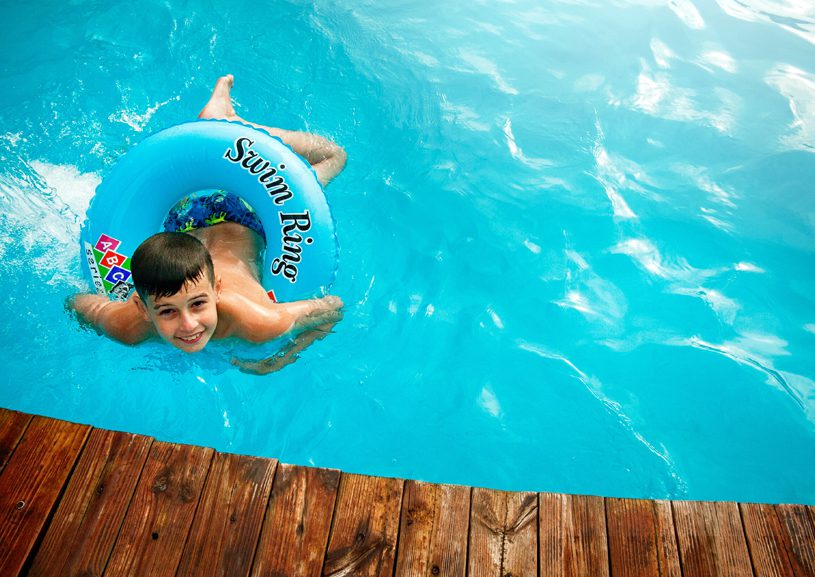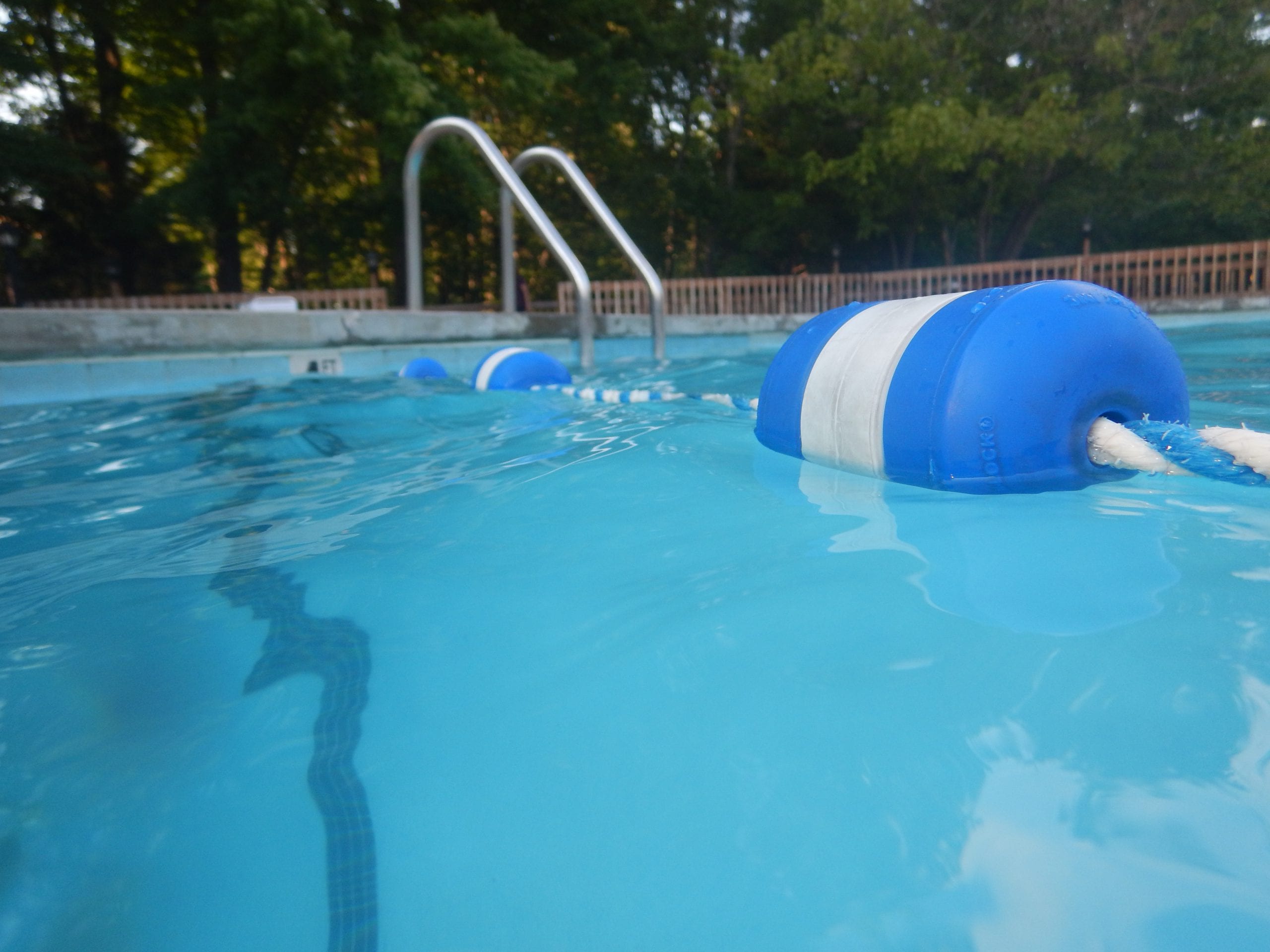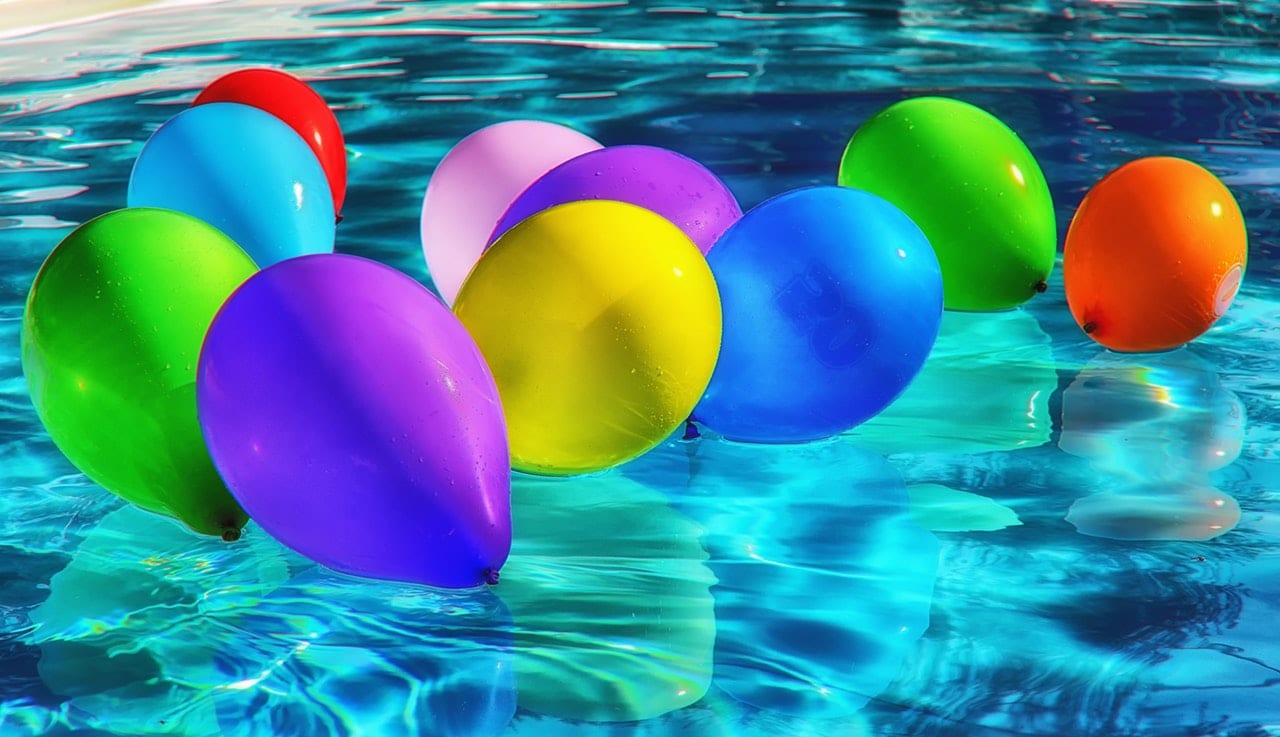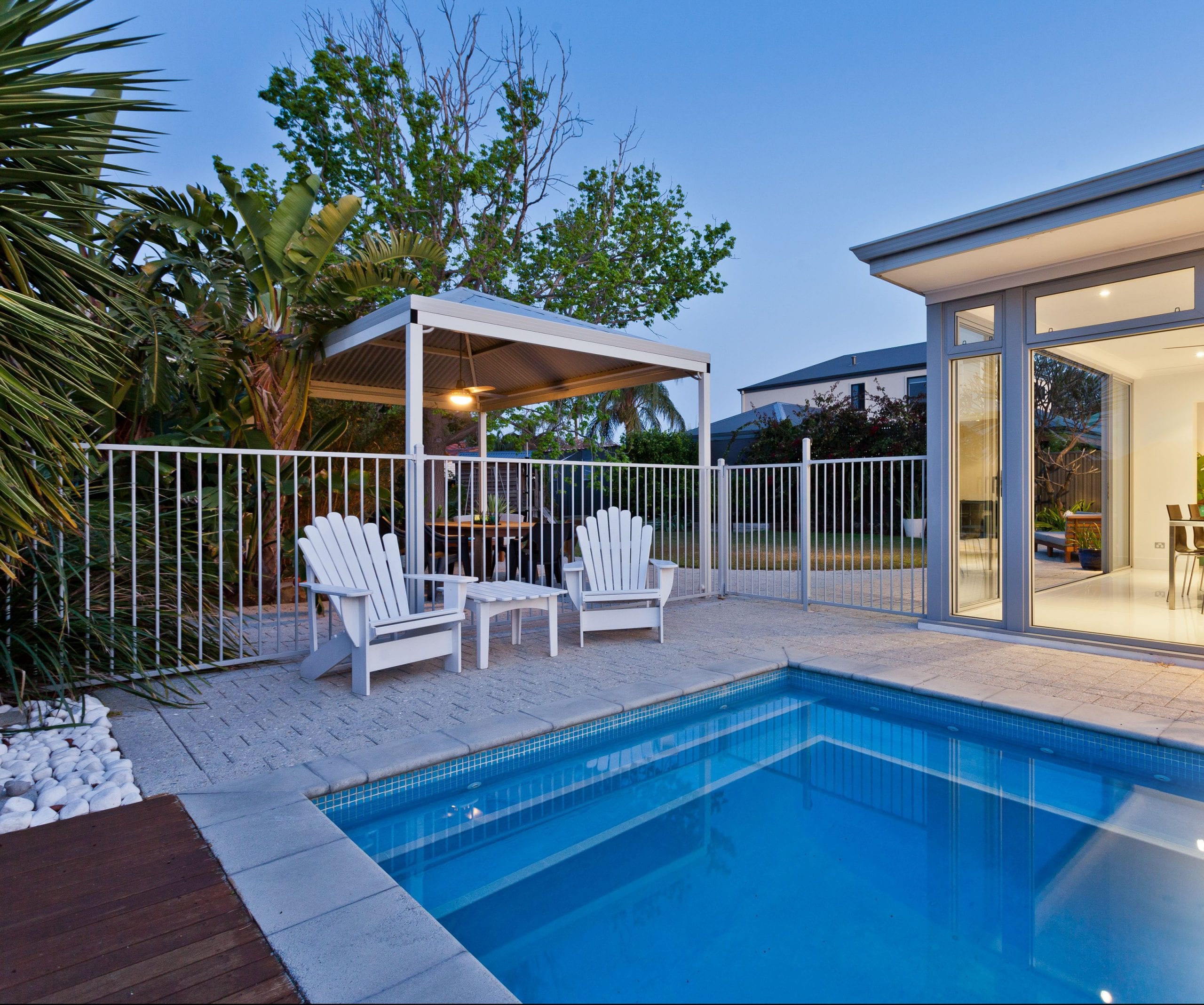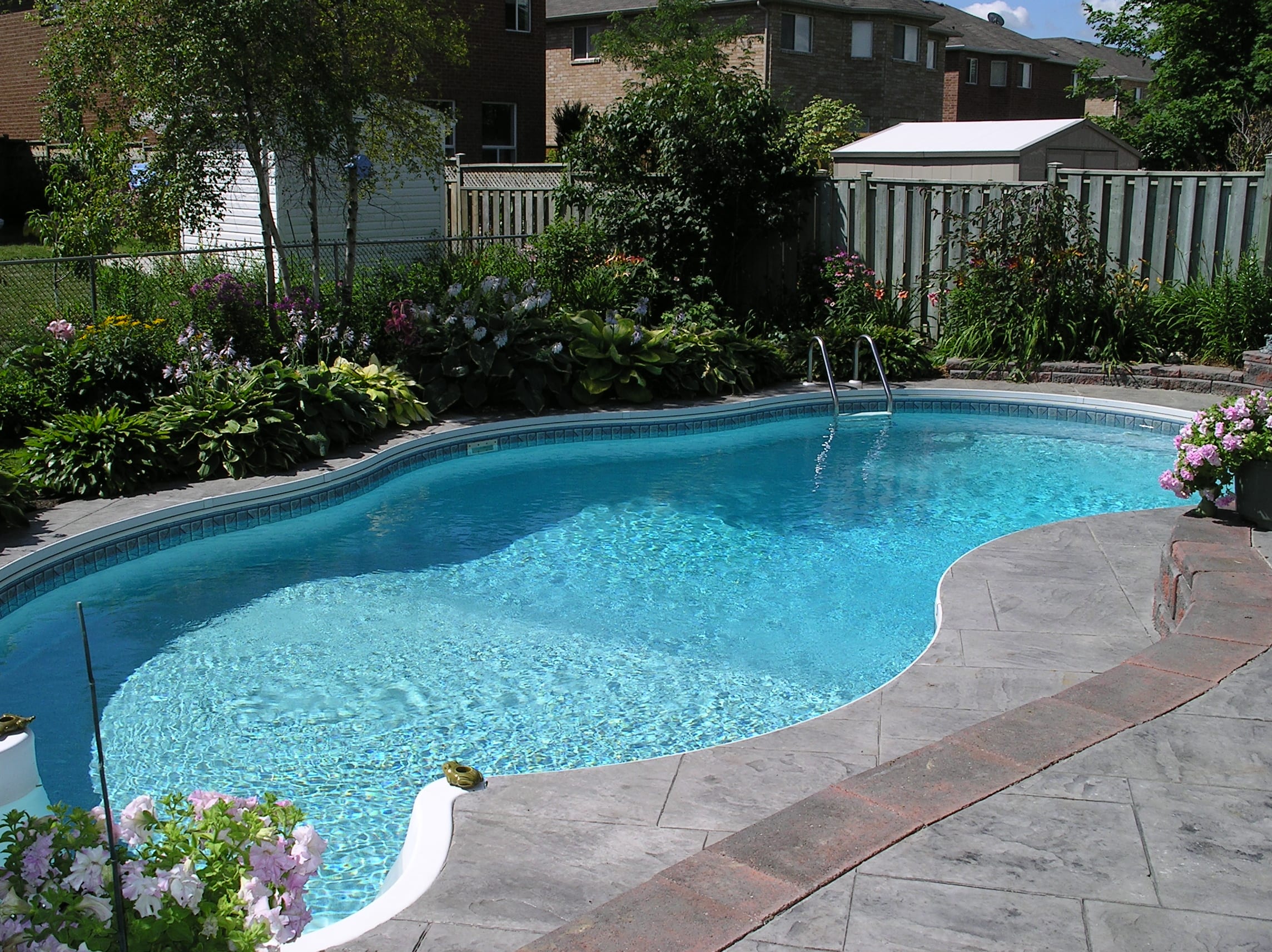Summer is just around the corner. The weather is heating up and pools are starting to open. Going for a relaxing swim to cool off has never sounded better. However, are you confident in your swimming skills? What about your kids? Would you be able to prevent yourself or your child from drowning? It might be time to look into swimming lessons in Cincinnati.
According to a survey by the American Red Cross in 2014, 54% of all Americans either don’t know how to swim or don’t have all of the basic swimming skills. This frightening statistic means that over half of the population might not be able to prevent themselves or their children from drowning. In the same survey, only 40% of parents of children ages 4-17 report that their child can perform all five of the basic swimming skills. Essential swimming skills include being able to enter the water and resurface without assistance, controlling breathing, floating, turning, and moving to safety in the water and exiting the water.
Learning to swim and knowledge of basic water safety are imperative if you or your children are going to be around the pool this summer. Fortunately, it is never too early or too late to learn to swim. Many places in Cincinnati offer swimming lessons for babies, children, teens, and adults. And best of all, some of them are free. Read on to learn where you or your child can learn to swim in Cincinnati this summer.
Free Swimming Lessons in Cincinnati
People may not seek out swimming lessons for themselves or their kids because they’re under the impression that lessons might be too expensive. This is not the case. There are several programs in Cincinnati that offer free swimming lessons to people of all ages.
The Cincinnati Recreation Commission has partnered with the American Red Cross for its annual “I CAN SWIM!” program. This program is designed to help swimmers of all ages begin, develop, and refine swimming skills, regardless of their ability to pay. The I CAN SWIM program is dedicated to the memory of 10-year-old Cameron Jeff and his 8-year-old brother Bryce, who tragically drowned in a neighbor’s backyard pool because they were unable to swim. This program honors their memory by teaching kids and adults to swim in an effort to prevent more drowning deaths.
I CAN SWIM opened their registration for 2022 on May 2nd, and sessions begin in June. Session 1 is from June 13th-July 9th, and Session 2 is from July 11th-August 6th. They offer 3 levels of lessons: Parent & Child (Ages 6 months-3 years), Levels 1-5 (Ages 4 years-17 years), and Adult & Senior lessons for anyone 18 or older.
Ziegler Park also offers free swim lessons as part of the P&G EverybodyIn program. Registration for 2022 is open now, and sessions begin on June 6th. Ziegler Park offers lessons for all levels and ages, including Toddler & Parent lessons, Beginner Child Lessons, Intermediate Child Lessons, and Adult Lessons.
Swim Lessons at Membership Locations
Several membership organizations, such as health clubs, offer swimming lessons for free or for a reduced fee for people who subscribe to a membership. These class sizes may be smaller than free lessons, but it will depend on the location and type of membership.
The YMCA of Greater Cincinnati offers swimming lessons to members year-round. These lessons are delivered in sessions that last 6 weeks and are offered for multiple swimming levels and age ranges. The cost for a 6-week session for YMCA members is $60 per swimmer. Lessons are available at several branches of the YMCA. Session 4 is accepting registration now and will last from May 15th-June 25th, and session 5 opens for registration on June 5th and will span from June 26th-August 6th.
TriHealth also offers reduced-cost swim lessons for members of all ages. For $75, members can enroll their children in Aquababies (Ages 6 months-3 years) or Preschool Lessons (Ages 3 years-5 years). Members can also enroll in adult swim lessons. You can inquire about the next session of TriHealth classes on the TriHealth website.
Coney Island offers 4-week swim lesson sessions for season pass holders at several different levels. They offer classes for infants starting at 6 months of age, up through beginner, intermediate, and advanced lessons for older children. Sessions begin on June 6th, with registration fees due by June 1st.
Paid/Open to the Public Swimming Lessons
Finally, a number of organizations offer paid swim lessons to members of the community. From the previous section, the YMCA and TriHealth offer lessons to general community members without memberships, for a higher cost. The YMCA lessons are $120 for community members, and TriHealth is $100 for community members.
The Goldfish Swim School has locations in Anderson and West Chester and is well-known for its wide variety of lessons for children under 12. They have small class sizes, with a 4:1 student to instructor ratio for individualized, dedicated instruction. Classes are offered year-round with flexible time slots to fit into busy schedules.
The British Swim School also offers paid lessons for children at its three locations in Crestview Hills, KY, Cincinnati, and Springdale. Children as young as 3 months can get familiar with the water in classes of 6 or fewer students. The British Swim School also offers courses for adults at select locations and courses for students with disabilities.
Swim Safely, Cincinnati
Swimming is a fantastic summer pastime in Cincinnati, but it’s important to know how to do so safely. With the wide variety of swim lessons available to the public in Cincinnati, children and adults alike can master the water in a few short weeks. We hope our list was helpful for you and your family, and that you can take advantage of the 2022 summer offerings.
Once your family is swim-ready, you might consider adding your very own pool to your backyard. After all, practice makes perfect! Get in touch with our pool installation experts if you’ve been thinking about installing a pool in the future. We’d be more than happy to go over estimates and installation timetables with you.



